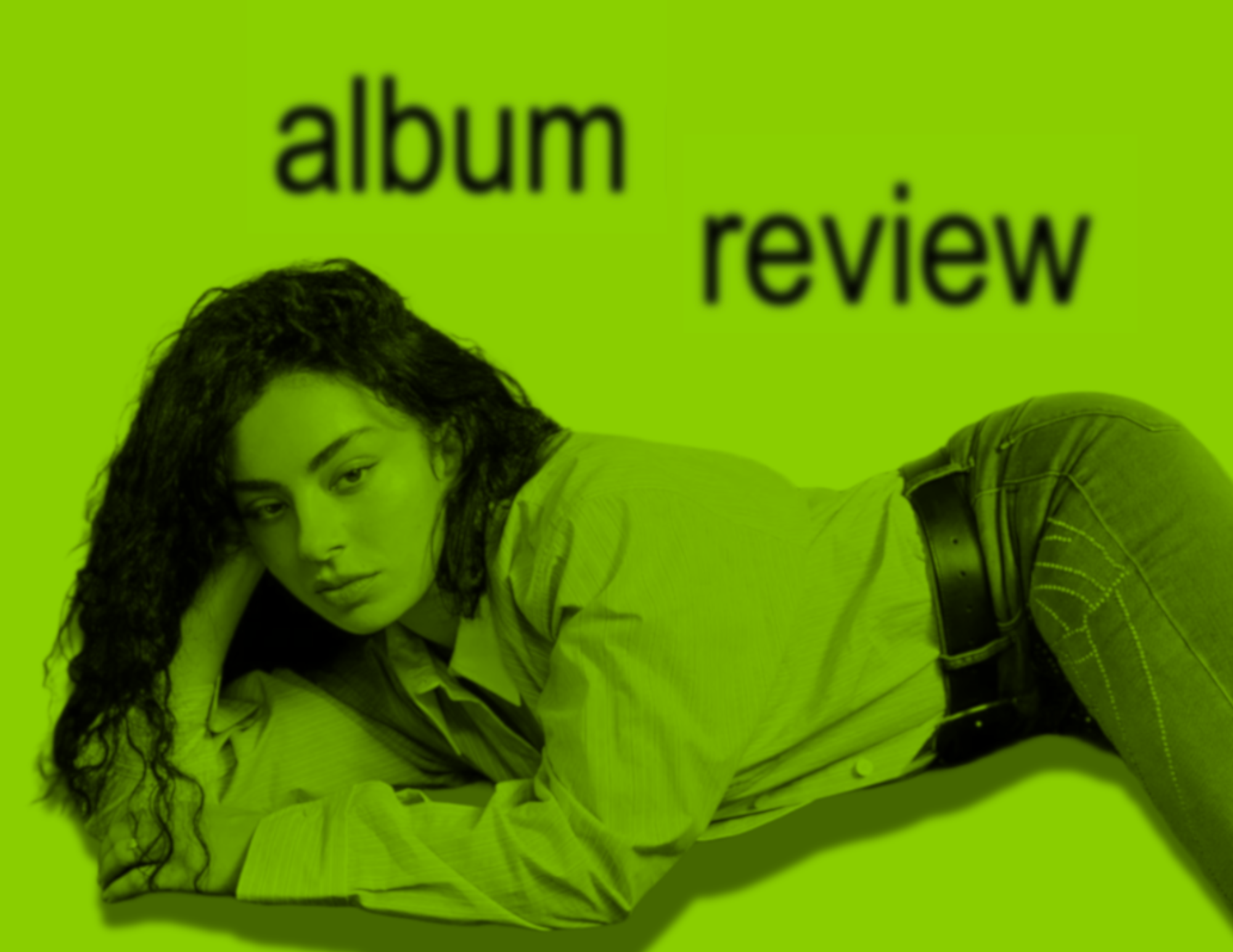“I went my own way and I made it / I’m your favorite reference baby,” Charli XCX sings “360,” the first track of her latest album, “Brat.”
Referencing oneself in the opening lines of a new album appears risky. Yet, to those who have paid attention to the pop star’s steady rise, XCX’s ability to do so seamlessly comes as no surprise.
Born Charlotte Aitchison in Essex, England, the singer helped popularize hyperpop, a subgenre of electronic and pop music that hones in on energy and exaggeration, in the early 2010s. Her five records preceding “Brat” tell a story of an ever-evolving artist. From the poppy “Sucker” to the more house-influenced “Crash,” she has always cut an influential track through the pop music scene.
Yet “Brat” has helped the artist and the subculture she represents rise to incredible new heights, with a No. 1 debut on Billboard’s Top Dance/Electronic Albums and a No. 3 on the all-genre chart. The album, whose cover features only its title in simple font against a background that is in an almost gaudy shade of neon green, has come to represent a cultural shift, dubbed “Brat summer” on social media.
For XCX, after over a decade in the industry, “Brat” was a chance for her truest self to shine.
“At the end of the day, that’s exactly what ‘Brat’ is all about: me, my flaws, my f— ups, my ego all rolled into one,” the artist wrote in an Instagram post.
The album has already been rightfully dubbed by critics one of the best of the year, largely due to its combination of profound lyrics and distinct style. From XCX’s opening declaration on “360” to the final track “365,” which is a creative rework of the opener, “Brat” manages to strike general overtures that resonate with mass audiences while still remaining deeply personal to the artist herself.
For instance, “Girl, so confusing” addresses XCX’s complicated and often messy relationship with the artist Lorde and features meaningful discussions of the how female artists often compare themselves to others. All this comes over a beat that, like everything “Brat” producer A. G. Cook makes, combines catchiness with an interesting instrumental, utilizing the unusual and intense patterns characteristic of hyperpop. “Girl, so confusing” takes the best elements of hyperpop — its self-awareness and the boundless activity — and perfects them, a trend that can be seen throughout the album.
While “Brat” may be unapologetically XCX, the phenomenon surrounding it is not exclusively of her own making. The artist and her marketing team steadily hyped up the album for months, populating social media with content as new singles were slowly released. From a collaboration with internet star Addison Rae on a remix of “Von dutch” to physical “Brat walls” in New York and San Francisco, many music fans saw “Brat” everywhere they looked in the months preceding the record’s release. One trend on the internet is to label anything neon green “Brat green,” making the album physically identifiable.
By delivering on the “Brat” hype she carefully built up, XCX has poised herself to dominate the cultural conversation for the foreseeable future. After a successful release, many artists lose popularity as the public loses interest. XCX may prove to be different, mostly due to her already influential style.
Established pop stars like Camila Cabello and Kesha have already released music that sounds similar to “Brat” in an effort to boost their popularity but to little avail, proving both the staying power of “Brat” and XCX’s indelible mark. The hype does not seem to be slowing down, with XCX’s release of a deluxe edition of the album on June 10 and announcement of a world tour co-headlined by Troye Sivan planned to begin this September.
“Brat” is a collection of tracks that represent both the pinnacle of the controlled chaos that is hyperpop and the genre’s full emergence into the mainstream. With the album’s success, XCX has set a new standard for pop music and established herself as a first-rate culture-resetter. The music industry has now entered the “Brat” era. The only question is whether it will ever end.
Editor’s Note: This article is a review and includes subjective thoughts, opinions and critiques.
